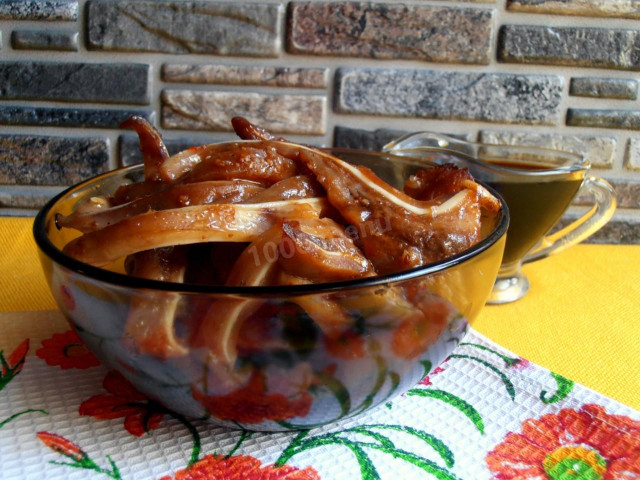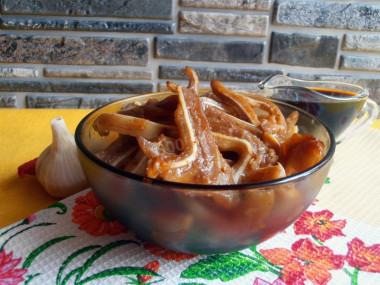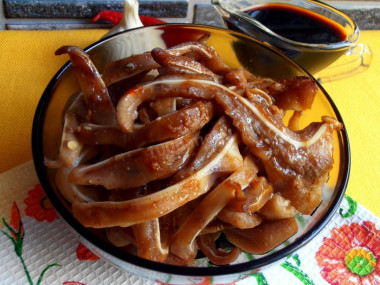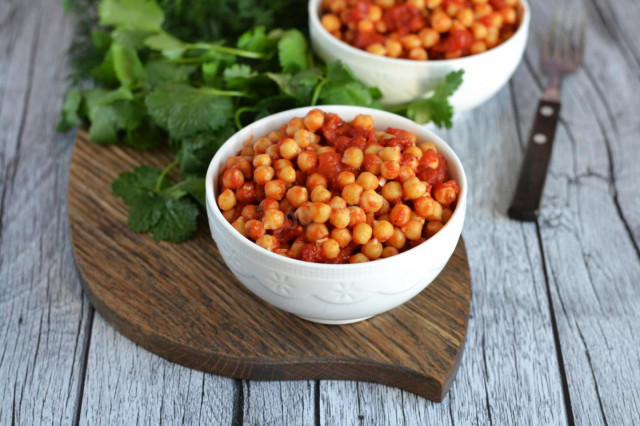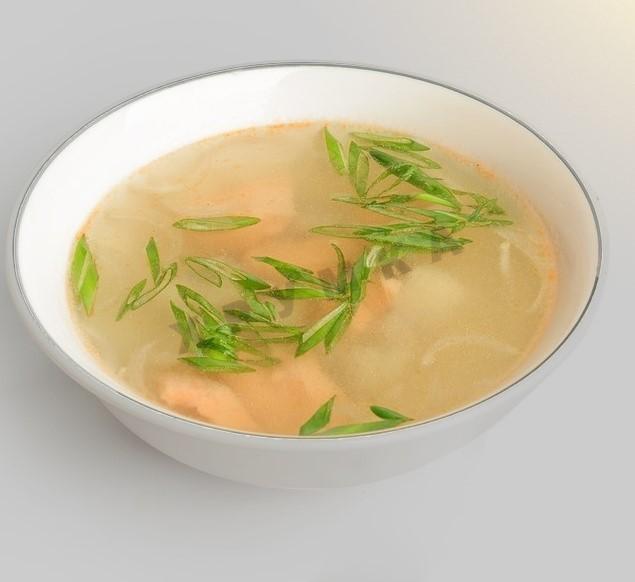Composition / ingredients
Step-by-step cooking
Step 1:
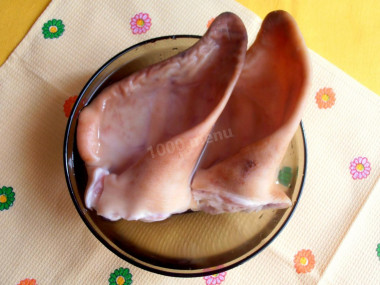
Pork ears are soaked in cold water for one hour.
Step 2:
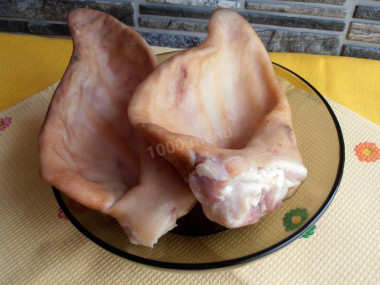
If necessary, the ears are singed. We clean them well and rinse them in hot running water. We cut the auricles and carefully wash out all the curls there. Pour cold water, add bay leaf, pepper and salt, and put it to cook for about one to two hours on medium heat. But that's all"approximately". How to determine the readiness of the ears? The skin should become soft, but not yet move away from the cartilage. Don't miss this moment! Otherwise, jelly may turn out
Step 3:
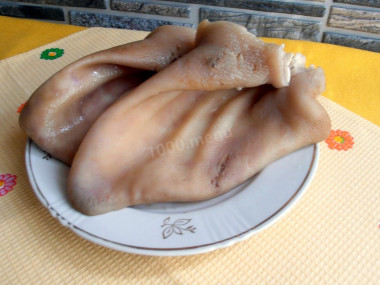
Remove the cooked ears from the broth and leave them to cool. Another way to check the readiness of pork ears: if they are pierced freely with a fork, then the ears are cooked. The ears should cool down completely, otherwise they will start to stick together later.
Step 4:
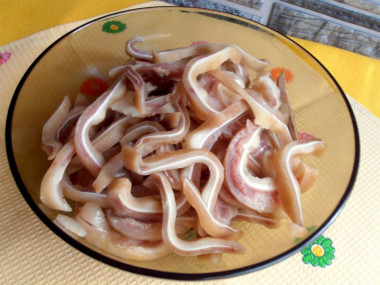
Cut the cooled pork ears into thin strips.
Step 5:
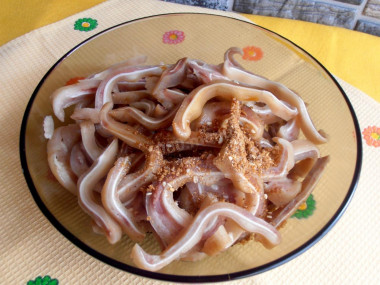
Add sugar, soy sauce, coriander to the chopped ears, which can be replaced with seasoning for Korean carrots.
Step 6:
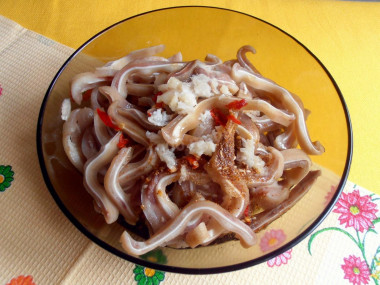
Squeeze garlic through a press or cut it very finely, add hot red pepper ground or fresh. If you put fresh, then start with a quarter of the pod, it is better to add it later. We cut it very finely.
Step 7:
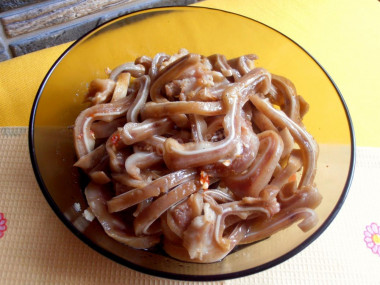
Add apple or rice vinegar and mix. Heat the vegetable oil in a frying pan and pour over the pig's ears. Mix everything again and send it to marinate in the refrigerator for a day.
I want to share my observation: the recipe indicates half a glass of vegetable oil. As for me, this is a lot and in the end, it turns out very greasy: the ears just float in vegetable oil. I reduced the amount of vegetable oil by half, that is, a quarter of a glass or 50 milliliters. And in order for the pork ears to be completely marinated, I periodically stirred them so that all the pieces were in the marinade. For that, in the end, I got pig ears not very greasy and did not have to pour so much vegetable oil into the sewer. For what to scatter products in vain.
This dish is suitable for lunch, dinner or snack. It can be served to friends with beer, and on the festive table, this snack will find its place.
I would also like to note that pig ears are not only delicious, but also useful, as they contain collagen, which helps our body to be young and healthy.
When adding soy sauce to a dish, it is worth considering that it has a rather salty taste. Reduce the total amount of salt, otherwise you risk over-salting.
Since the degree of salinity, sweetness, bitterness, sharpness, acid, burning is individual for everyone, always add spices, spices and seasonings, focusing on your taste! If you put some of the seasonings for the first time, then keep in mind that there are spices that it is especially important not to shift (for example, chili pepper).
Caloric content of the products possible in the composition of the dish
- Garlic - 143 kcal/100g
- Soy sauce - 51 kcal/100g
- Granulated sugar - 398 kcal/100g
- Sugar - 398 kcal/100g
- Vegetable oil - 873 kcal/100g
- Ground hot pepper - 21 kcal/100g
- Apple cider vinegar - 14 kcal/100g
- Ground coriander - 25 kcal/100g
- Pig ears - 211 kcal/100g

